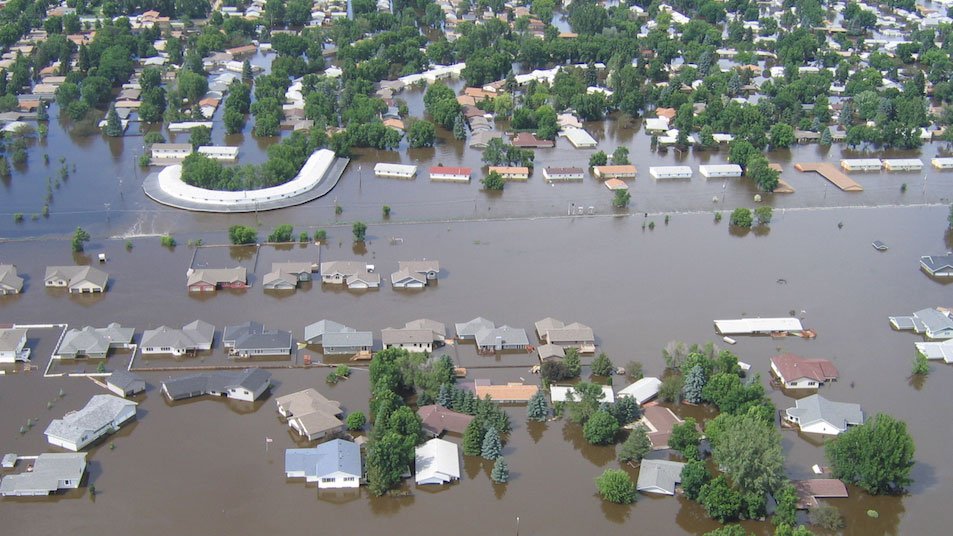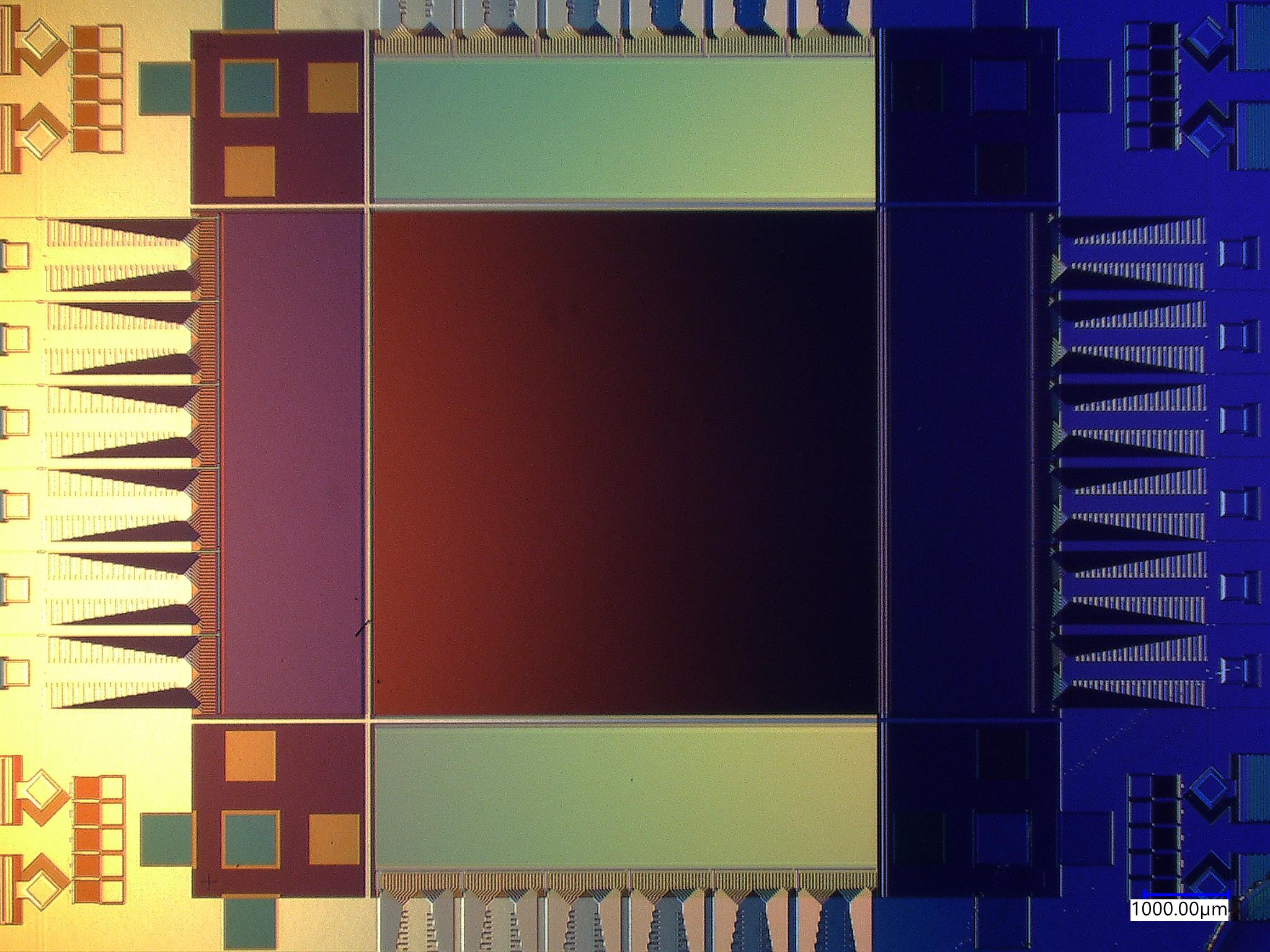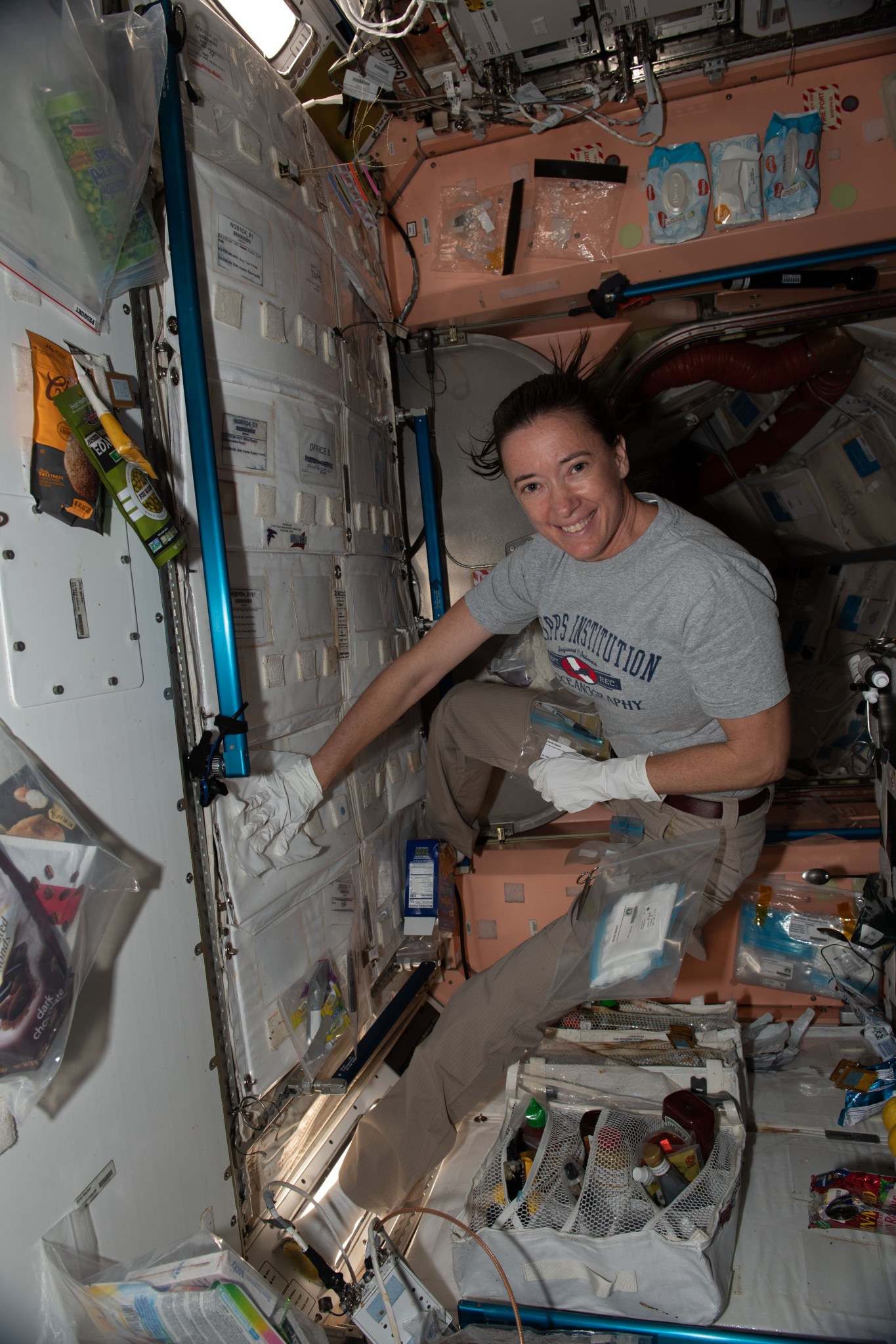How does NASA study microbes in space? Microbes can be found everywhere humans are living. To understand how microbes are surviving, adapting and changing in space, NASA designs several types of experiments, from exposing them directly to space on the exterior of the ISS, to sampling surfaces, air and water inside the ISS and using culture and molecular biology techniques to identify what is living and growing there. We also develop closed habitats with microbial cultures to test how bacterial species grow and evolve in response to the extreme environment of space. Read more about some of the microbiology scientific missions that have flown.
Bacterial Adhesion and Corrosion (SpaceX-21)
Microbial Tracking-2 (Multiple missions)
Microbial Tracking 1-A (SpaceX-5)
Microbial Tracking 1-B (SpaceX-6)
Microbial Tracking 1-C (SpaceX-7)
Exposing Microorganisms in the Stratosphere (E-MIST) 2015 Flight Mission
Micro-14 (Space-16, SpaceX-17)































